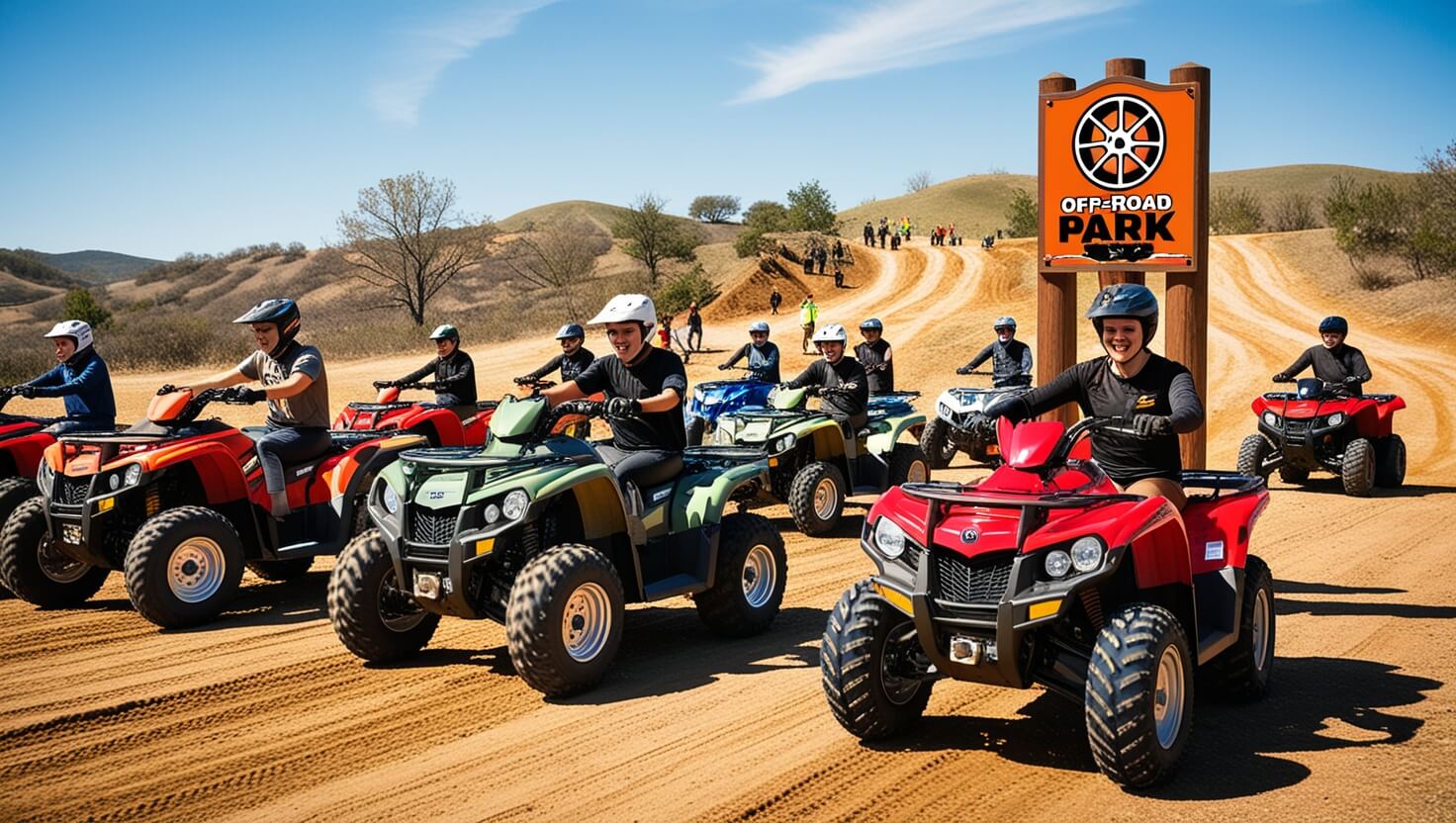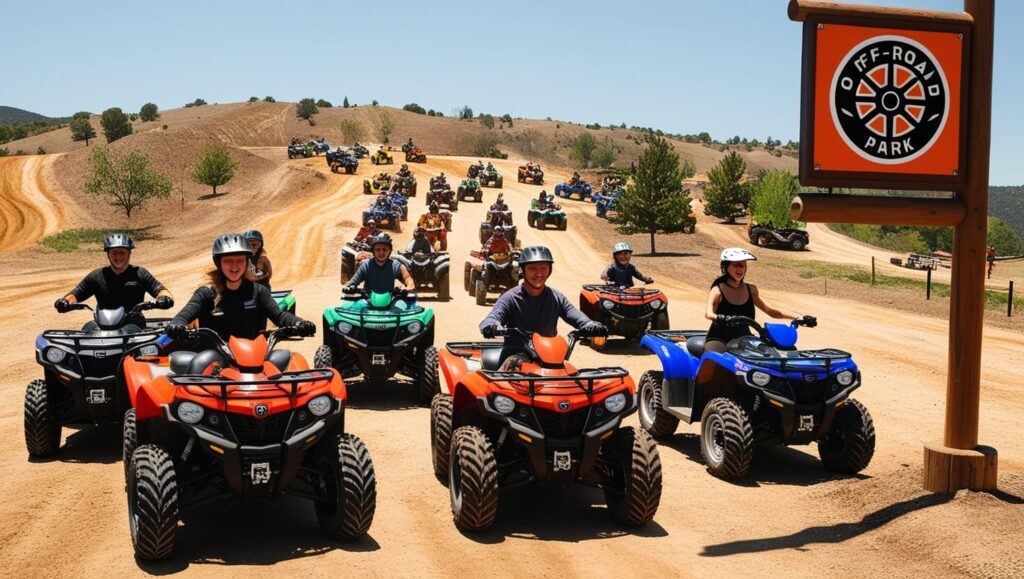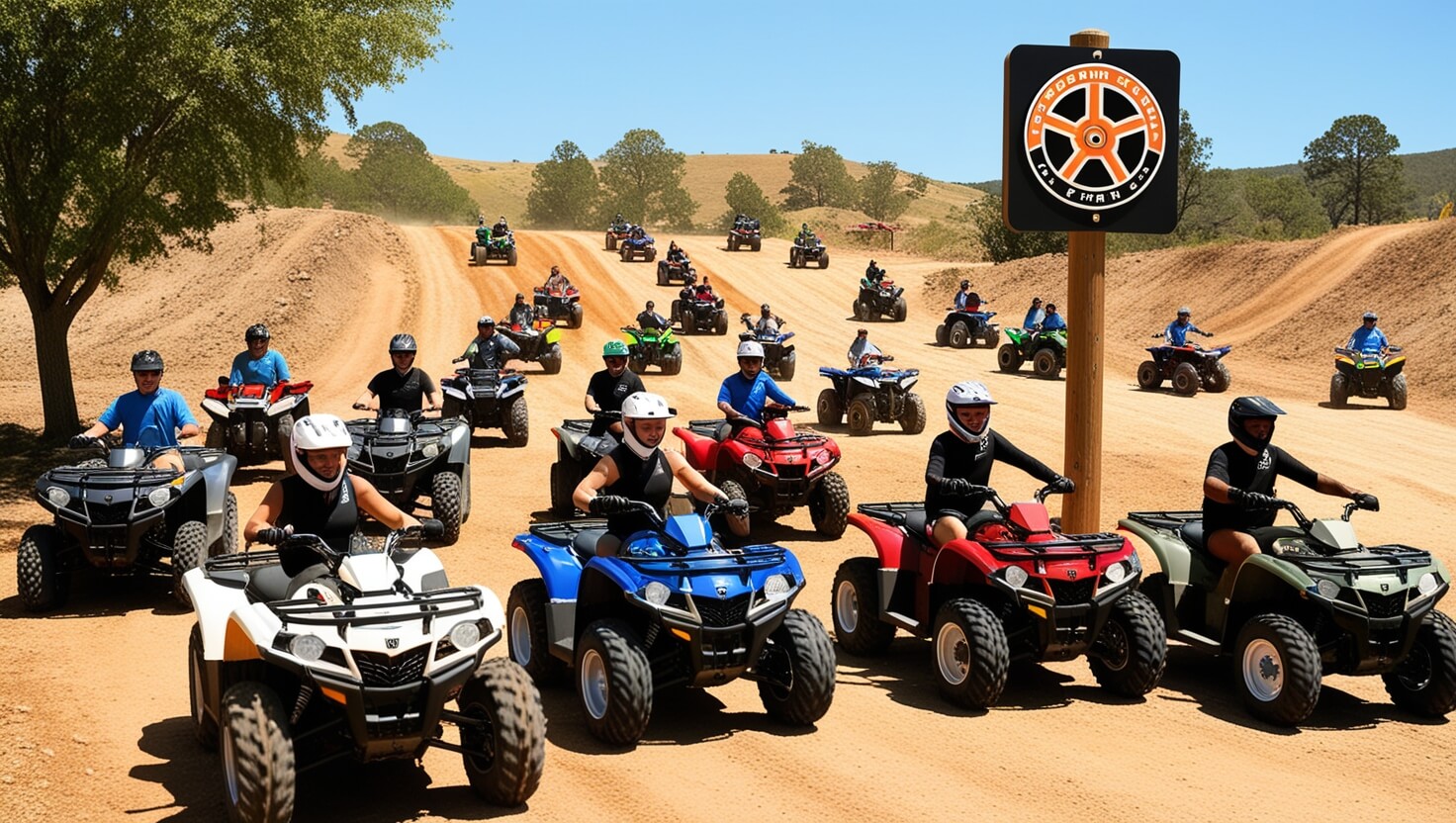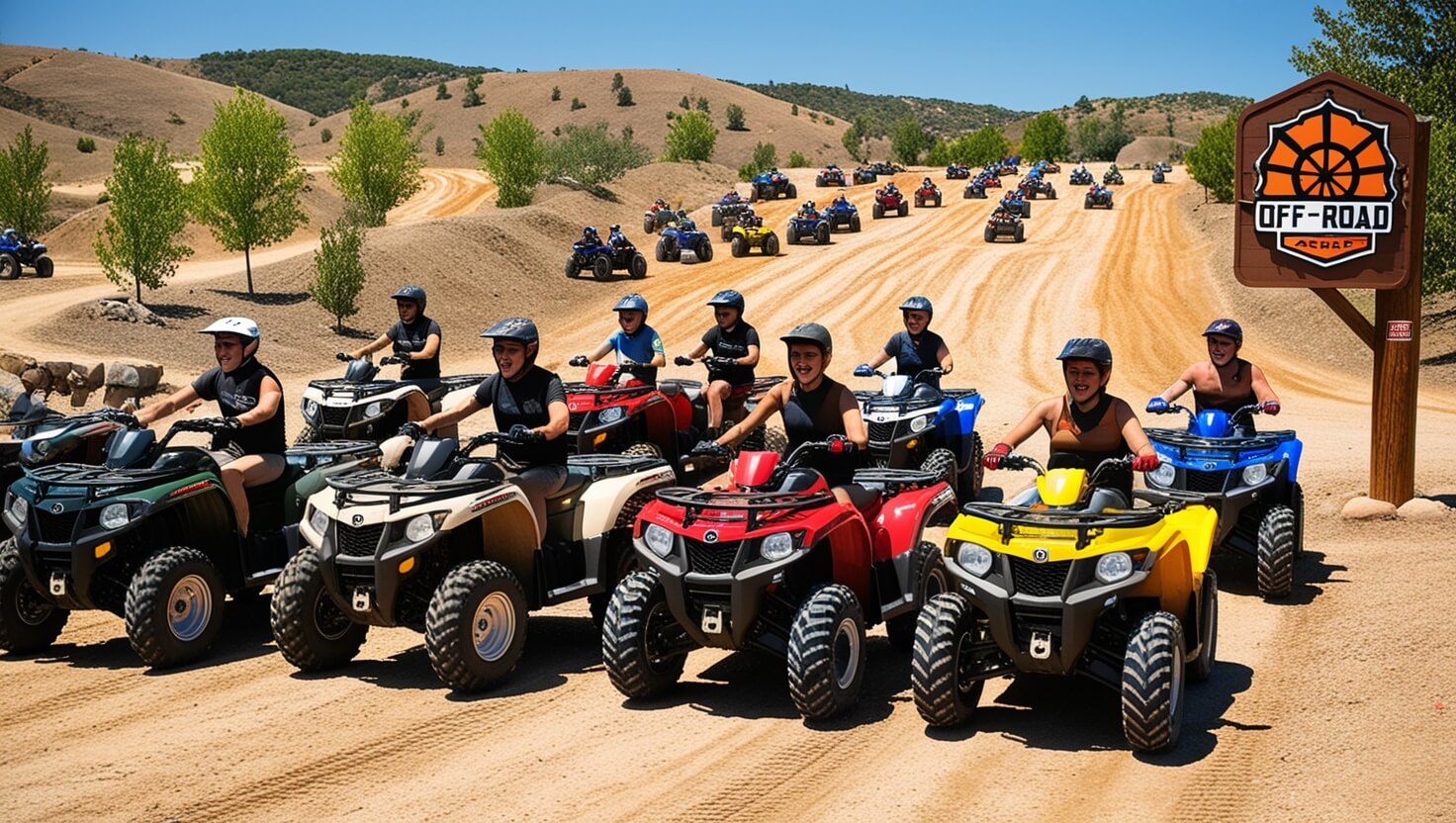Ever wondered what it’s like to leave the paved roads behind and venture into the wild? Offroading is exactly that—an adventurous activity where you drive vehicles on unpaved, rough terrains like mountains, deserts, and forests.
It’s a thrilling experience that tests both your driving skills and the capabilities of your vehicle. But what exactly does it involve, and is it something you should try? Let’s dive into what offroading is all about, answering the most common questions beginners might have.
History of Off-Roading

Off-roading’s history began in the early 20th century, with the military Jeep during World War II being a pivotal development. The Jeep’s success showcased the practicality of off-road vehicles, leading to civilian versions like the CJ series, which sparked widespread interest in off-road exploration.
The 1960s and 1970s saw the rise of iconic models like the Ford Bronco, Land Rover Series, and Toyota Land Cruiser, enhancing off-road capabilities.
By the 1980s and 1990s, off-roading gained mainstream popularity, with clubs, events, and competitions solidifying its culture. Recent technological advancements have further expanded off-roading, making it a thrilling pursuit for enthusiasts worldwide.
Types of Off-Road Vehicles

Here are the 4 types of offroad vehicles.
1. All-Terrain Vehicles (ATVs)
ATVs, often referred to as quads or four-wheelers, are compact and highly maneuverable. Their lightweight build and design allow them to traverse narrow trails and challenging terrains with relative ease. They are particularly suitable for muddy paths, rocky areas, and shallow streams. However, ATVs can be less stable at high speeds and may not provide the comfort of larger vehicles.
2. Utility Task Vehicles (UTVs)
Resembling miniature trucks, UTVs are versatile and offer greater stability compared to ATVs. They often come with a side-by-side seating arrangement and have a roll cage for added safety. UTVs can tackle rugged terrains and are ideal for carrying cargo or additional passengers. Despite their durability, they can be more expensive and less agile in extremely tight spaces.
3. Dirt Bikes
Dirt bikes are designed for those who prefer two-wheeled adventures. These motorcycles are lightweight, with excellent suspension and maneuverability, making them suitable for forest trails, dirt roads, and hilly regions. While dirt bikes provide an exhilarating experience, they require a higher skill level to ride effectively and safely.
4. SUVs
Sport Utility Vehicles (SUVs) are popular choices for mild to moderate off-roading. Many modern SUVs come equipped with all-wheel-drive systems, robust suspension, and advanced traction control, allowing them to handle uneven terrains, gravel paths, and snowy conditions. The comfort and space SUV offer make them a favored option for families. However, they might not perform as well in extreme off-road scenarios without additional modifications.
Specially Modified Trucks
For those seeking extreme off-roading adventures, specially modified trucks are the go-to vehicles. These trucks often feature lifted suspensions, oversized tires, reinforced frames, and powerful engines. They can conquer deep mud, steep inclines, and densely wooded areas. While they provide unmatched off-road performance, their custom modifications can be quite costly, and driving in regular urban settings can be inconvenient.
Beginner Tips for Off-Roading

- Learn basic off-roading techniques: Master throttle and brake modulation to maintain control on uneven terrain. Off-roading requires more finesse than regular driving to navigate obstacles safely.
- Understand terrain types: For sand or mud, maintain steady momentum. On rocky terrain, slow speeds and precise wheel placement prevent tire damage and ensure traction.
- Reduce tire pressure: “Airing down” increases tire surface area for better grip on loose surfaces. Carry a portable air compressor to reinflate tires when returning to regular roads.
- Choose appropriate trails: Start with easy-rated trails to build confidence. Ensure trails match your experience level and vehicle capabilities to avoid overly challenging obstacles.
- Seek experienced guidance: Join local off-roading clubs for tips and support. Experienced drivers can provide valuable advice specific to your locations and conditions.
Environmental Impact and Responsible Practices
- Adhere to environmental guidelines: Follow principles like “Tread Lightly!” Stick to marked trails and avoid fragile areas to reduce harm to the environment.
- Respect wildlife: Avoid disturbing wildlife by keeping a safe distance and minimizing noise to protect their natural behavior and well-being.
- Stay on designated trails: Preserve the environment by sticking to marked trails, preventing soil erosion, vegetation damage, and water quality degradation.
- Practice proper waste disposal: Use the “pack it in, pack it out” method to ensure all litter is removed, maintaining the cleanliness of off-roading sites.
- Promote sustainability: Implement responsible practices to balance the excitement of off-roading with environmental preservation for future generations.
Best Off Road Parks

Here are the 3 best offroad parks in the US.
1. Moab Off-Road Park (Moab, Utah):
Moab Off-Road Park in Utah is a paradise for off-road enthusiasts. With over 100 miles of trails, it’s famous for Hell’s Revenge and Fins & Things. The challenging terrain includes steep climbs, sharp descents, and stunning red rock landscapes. Whether you’re a beginner or expert, Moab offers unforgettable adventures.
2. Rubicon Trail (California):
The Rubicon Trail in California is legendary among off-roaders. Stretching 22 miles through the Sierra Nevada, it’s known for its extreme rock crawling and technical challenges. This trail isn’t for the faint-hearted but rewards with breathtaking mountain views and a true test of off-roading skill. Experience is essential here.
3. Hatfield-McCoy Trails (West Virginia):
Hatfield-McCoy Trails in West Virginia offers over 700 miles of diverse terrain, from gentle slopes to rugged mountains. Ideal for all skill levels, these trails are well-maintained and marked. It’s perfect for both ATVs and dirt bikes, making it a top destination for off-roading adventures in the Appalachian Mountains.
What kind of vehicle do I need for offroading?
For offroading, you’ll need a vehicle specifically designed or modified to handle rough terrains. Think 4×4 trucks, SUVs, or ATVs with features like high ground clearance, durable tires, and powerful engines. The Jeep Wrangler, Toyota Land Cruiser, and Ford Bronco are popular choices because they’re built to tackle challenging environments with ease. Investing in the right vehicle is crucial because it directly impacts your offroading experience.
Is offroading dangerous?
Offroading can be risky if you’re not prepared. The uneven terrain can cause your vehicle to tip over, get stuck, or even break down. That’s why safety gear, proper training, and knowing your vehicle’s limits are essential. According to a study, nearly 20% of offroading accidents are due to driver error, emphasizing the importance of being cautious and well-informed before heading out. However, with the right preparation and mindset, offroading can be a safe and rewarding experience.
Where can I go offroading legally?
Not all terrains are open for offroading. You’ll need to find designated trails or offroad parks where it’s legal to drive. In the U.S., places like Moab in Utah, the Rubicon Trail in California, and the sand dunes of Glamis are famous for offroading. Always check local regulations and get the necessary permits before you go. Respecting the environment and following the rules helps ensure that these areas remain open for future adventurers.
Conclusion
Offroading offers a unique blend of excitement and challenge, making it a favorite pastime for adventure seekers. With the right vehicle, preparation, and respect for the environment, offroading can be a safe and exhilarating way to explore the great outdoors. Ready to leave the pavement behind? Your next adventure awaits!